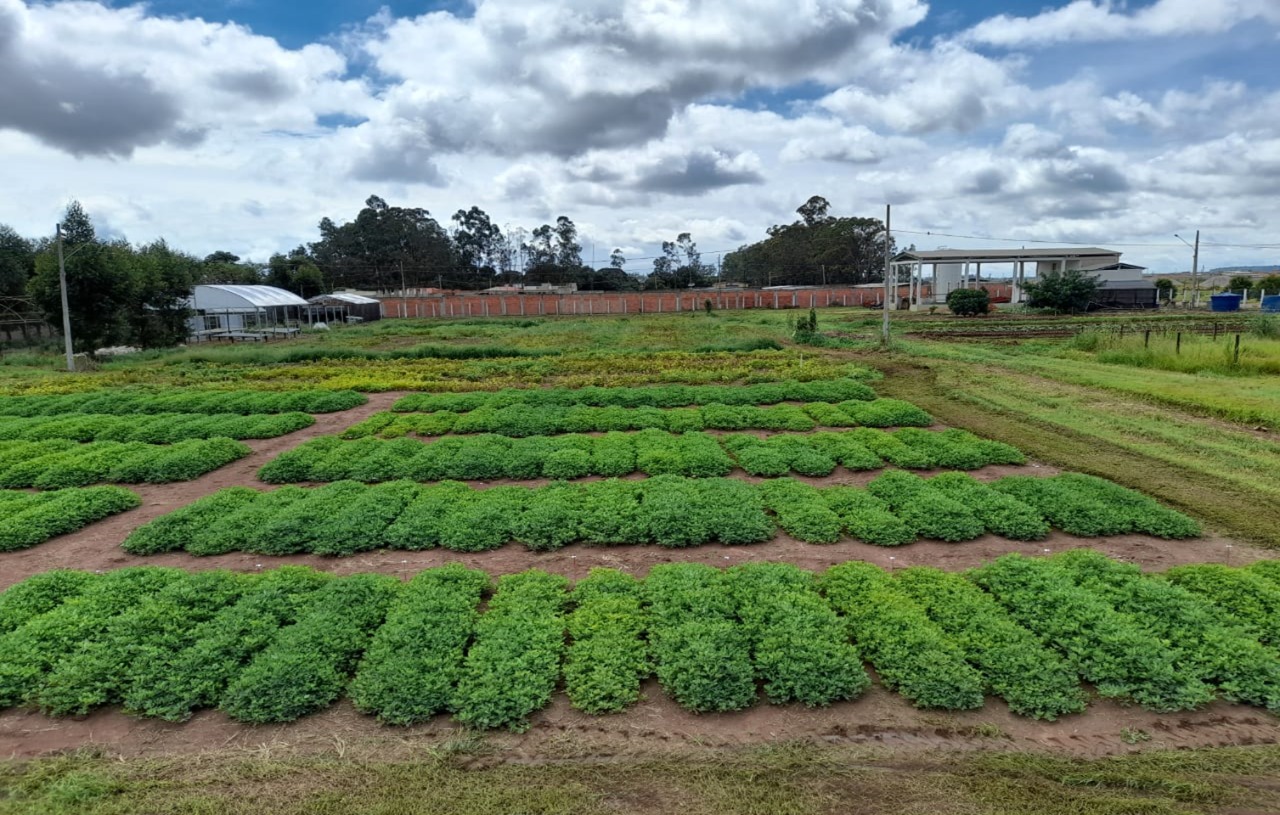Agronomic evaluation of peanut genotypes in the Southeast of the state of Mato Grosso
DOI:
https://doi.org/10.52755/sas.v2iedesp1.115Keywords:
Arachis hypogaea L., Improvement Program, ProductivityAbstract
1
ÂThis study aimed to evaluate the agronomic characteristics of peanut genotypes in the southeast region of the state of Mato Grosso. The experiment was installed in the experimental area of "‹"‹the Federal Institute of Education, Science and Technology of Mato Grosso – Campus São Vicente, Reference Center of Campo Verde, located in the municipality of Campo Verde – MT, in the agricultural year 2020/21. The experimental design used was in randomized blocks, with four replications. The treatments were ten groundnut genotypes, two cultivars: BRS 421 OL, BRS 423 OL and eight lines: 1253 OL, 2055 OL, 2091 OL, 2101 OL, 2110 OL, 2133 OL, 2136 OL and 2259 OL. The plots were composed of two lines of three meters in length, spacing between lines of 0.90 m, interval between plots of two meters and useful plot of 5.4 m2. Plant height was evaluated at 32, 40, 56, 66, 77, 90, 104 and 118 days after planting (DAP), black spot severity, 100 grain weight and pod yield. The plant heights of the genotypes did not differ from each other only at 32 DAP. The lines 2091 OL and 2133 OL had the lowest black spot severity scores. The greatest mass of 100 grains was obtained with the cultivar BRS 421 OL. The highest yields were observed in the lines 2055 OL, 2110 OL and 2091 OL, and the line 2091 OL also had the lowest severity score.
Downloads

Downloads
Published
How to Cite
Issue
Section
License
Copyright (c) 2021 Maxsuel Antonio Rodrigues, Alexandre Caetano Perozini, Daniele Fernandes Campos, Maxuel Fellipe Nunes Xavier, Jair Heuert, Taís de Moraes Falleiro Suassuna

This work is licensed under a Creative Commons Attribution-NonCommercial-ShareAlike 4.0 International License.
Autores concordam com os seguintes termos:
a) Os autores mantêm os direitos autorais e concedem à revista o direito de primeira publicação, com o trabalho simultaneamente licenciado sob a LicençaAttribution-NonCommercial-ShareAlike 4.0 International, que permite o compartilhamento do trabalho com reconhecimento da autoria e publicação inicial na Revista SAS. A licença permite o uso, a distribuição e a reprodução irrestrita, em qualquer meio, desde que devidamente citada a fonte. Essa licença permite também que outros remixem, adaptem e criem a partir do seu trabalho para fins não comerciais, desde que atribuam a você o devido crédito e que licenciem as novas criações sob termos idênticos.
b) Não cabe aos autores compensação financeira a qualquer título, por artigos ou resenhas publicados na South American Sciences.
c) Os conceitos expressos nos artigos publicados na South American Sciences são de inteira responsabilidade de seus autores.








